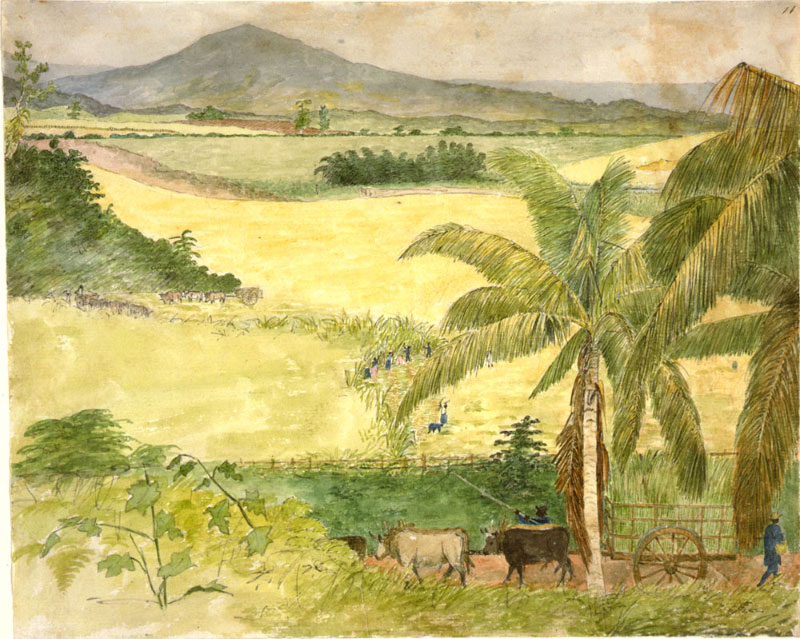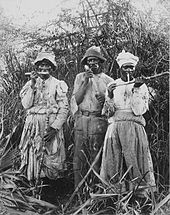The Beginning

The history of Jamaica started when Christopher Columbus sailed west and ended up on what we now call the West Indies which is home to Jamaica. The original inhabitants of Jamaica are suspected to be the Arawaks, also known as Tainos. The Arawaks came from South America 2,500 years ago and named the landmass Xaymaca, which meant "land of wood and water". The Arawaks were simple people by nature, their physical features are light brown skin, well shaped with coarse black hair. They also grew crops, such as cassava, sweet potatoes, corn, fruits, vegetables, cotton, and tobacco. They built their towns/ villages all over the island but mostly settled on the coast near rivers. Their diet consisted of several fruits, vegetables, and fish. The fish were all different kinds such as, snapper, grouper, grunt, jack, barracuda, and parrotfish.

Slave Trade
Slave trade in Jamaica was a roller coaster. Jamaican planters began to cultivate sugar in the 17th century. The plantation relied on slave labor and they imported almost a million Africans. The British brought hundreds of thousands of enslaved African Americans back to Jamaica. After the Morant Bay rebellion, Jamaica became a crown colony, leading to more supervision from the Parliament. The slave trade became popular for the colonists and made a fair profit off it. The slaves were unhappy about their status, so they rebelled against it. Jamaica's history have several slave rebellions that stand out such as, the Christmas Rebellion of 1831 and the Easter Rebellion of 1760.
Created by: Kamryn Holman, Pryor Middle School
